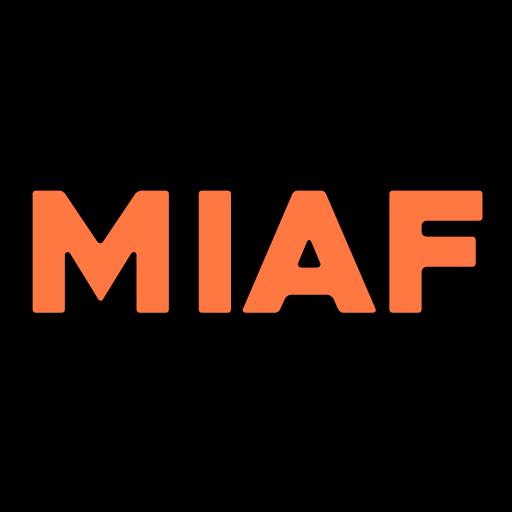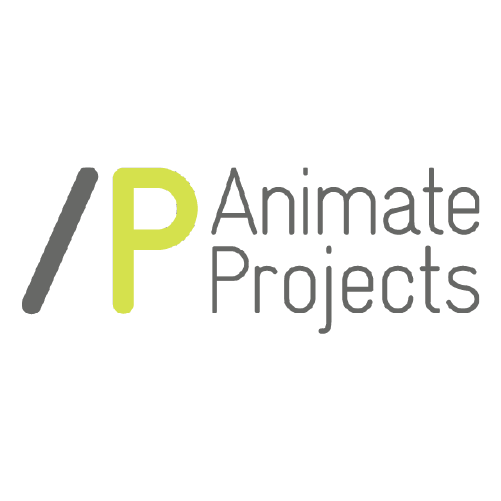What follows is an extended introduction to LIAF 2016’s International Competition Programme 3: Looking For Answers. Find out more here.
Life is a more or less constant trek involving looking for answers of various kinds. For the most part we know where to look or who to ask for most of the answers to the simpler but persistent questions that engulf our daily lives. Many of us get paid to sit around and wait for somebody to give us answers so we can get on with our work, a few of us get paid to make up those answers (usually as we go along). We seem to be building a world which throws up more and more ways to access answers to small, routine questions and for many people this pretty much represents the horizon of life’s Q&A session.
This burgeoning welter of queries that we absorb into our psyches can have the effect of crowding our space to unroll the larger tapestry of less focused and more complex inquiries we have of the universe. At the same time the sheer volume and density of this inquisitorial cacophony feeds into the ether a demand that the answers be faster, swifter and simpler to grasp. What is the meaning of ‘friend’? Oh look, I have exactly 152 of them right here!
As the cohesion, diversity and depth (not to mention civility) of our shared communal social discourse crashes and burns around us, artists of various stripes will be among those who hold fast to the desire – the need – to search out and describe the parts of us and our societies that are in the gravest need of some provocative illumination. In truth, this has always been one of the core parts of the artists’ job description.
Animation might be a newer tool in the artist’s arsenal than that but it harbours some very special properties that help searchers bring focus to some of the most abstract and contorted recesses of our inner selves. This wonderful ability to ‘deep-reach’ into some otherwise hazy element of our humanness means that many of the answers these sorts of films provide do so without the question they are addressing being specifically or categorically formed.
The opening film, Blind Vaysha is Theodore Ushev’s latest and is a perfect example of the kind of complex, indefinable human inquiry animators can subject a character to and reflect those inquiries onto us as a challenge to look deeper, think harder and search the margins of our own senses of self.
Blind Vaysha was completed so quickly that his previous film, Blood Manifesto, (which we have also included in this programme) was still only part way through its festival run. It was the easiest of all films to select. We were lucky enough to have Marc Bertrand, Ushev’s long-term producer, take us aside for a screening when we were in the National Film Board of Canada’s office last year. It works from the first frame and the story is one of such affecting simplicity that just the relating of its synopsis brings about an immediate connection with the prospective audience.
Husband and wife team Uri and Michelle Kranot are chroniclers of a completely different order. Their new film How Long Not Long confronts us with what is – at heart – a fairly simple question. Why can we not fix what we know is wrong with our societies, particularly when we know where the answers lie? The bold, beautifully expressive and painterly artwork of this film pulls us into a sprinting and urgent collection of juxtapositions and a vividly portrayed catalogue of social and environmental tipping points that we are sleepwalking towards.
The film draws its title directly from the powerful and enduring library of quotes gifted to all of us by Martin Luther King whose call to arms was to lay down arms. King’s message – in part – was that what was needed was not the establishment of a new and alien social order but rather to actually begin living by the one we claim is already in place.
“I have a dream that one day this nation will rise up and live out the true meaning of its creed” King said in his legendary Lincoln Memorial speech in 1963. By overlaying the ethos of what drove King on to our contemporary world that promises so much but still manages to deliver IS, human trafficking, climate change, the need for an Eric Snowden and symbolically ridiculous Pussy Riot institutional over-reactions, the question is How Long do we go before we do what we know needs to be done. Hopefully, Not Long.
Other than Edgar Allan Poe there is probably no other literary figure that has inspired more animation than the irascible Charles Bukowski. And why not? Much of his work shudders with a pained anger and resignation that resonated outwards from his often savage personal conception of life. His was a soul that filled the air with a tarry dew that coated everything it touched when he spoke and that residue is proving difficult to clean off more than 20 years on from his death. He had more questions than most of us and no one can say he didn’t take himself well out onto the furthest limbs looking for the answers.

Bukowski was a true ambassador of the notion that alcohol stood as the cause of, and solution to, many of life’s problems. Pouring alcohol in the roiling cauldron of a mind like Bukowski’s produced as much bitter treacle as it did sweet solutions. But, as they say, every journey starts with a single step and the stunning Nerdo Creative Studio’s new film, titled simply Beer, provides a sublimely crafted insight into the alcoholic logic of one of the greatest journey-takers of modern literature – Heinrich Karl Bukowski.
Serial LIAF alumni and occasional Toronto go-to-guy, Patrick Jenkins takes a more classical approach to searching for answers. A superb example of paint-on-glass animation, his new film Phantom City is not his first film in this technique but it is his longest, most complex and most detailed. One measure of a paint-on-glass animation is to try and grasp how many brushstrokes any given frame would have taken to complete. An ever-increasing number of brushstrokes does not simply increase the amount of work required to complete it, it also exponentially increases the complexity of making these images appear to move fluidly and with the required continuity.
Phantom City works on pretty much every level. It is a wonderful piece of noir(ish) cinema; classic, laconic and a bit tongue-in-cheek all at the same time. It’s a coherent and rollicking piece of narrative. And it has to be made up of about a million brushstrokes! The level of detail portrayed in every frame – within the characters, all the moving elements and the static background scenery – borders on the astonishing. The fact that it moves so beautifully makes it easy to simply stop thinking about all the work it must have taken to make.
 And in G-AAAH this programme comes to a joyously, unrepentantly analogue conclusion courtesy of the latest hand-made creation from the splendid Elizabeth Hobbs. G-AAH is rendered in an animated technique so – apparently – simple that only an artist with the soaring creative output of Hobbs could have harnessed it. In what presumably would have been a marathon of fingertip numbing typing and a self-inflicted private masterclass of trial and error she has managed to channel the daring-do, searching spirit of pioneer aviatrix Amy Johnson.
And in G-AAAH this programme comes to a joyously, unrepentantly analogue conclusion courtesy of the latest hand-made creation from the splendid Elizabeth Hobbs. G-AAH is rendered in an animated technique so – apparently – simple that only an artist with the soaring creative output of Hobbs could have harnessed it. In what presumably would have been a marathon of fingertip numbing typing and a self-inflicted private masterclass of trial and error she has managed to channel the daring-do, searching spirit of pioneer aviatrix Amy Johnson.
It stands as an apt way to wrap up a programme about searching for answers. Johnson’s life story is a rich trove of challenges sort and met while her death and ultimate resting place is part of a complex riddle that is still being unwoven.
Malcolm Turner, MIAF Director
















